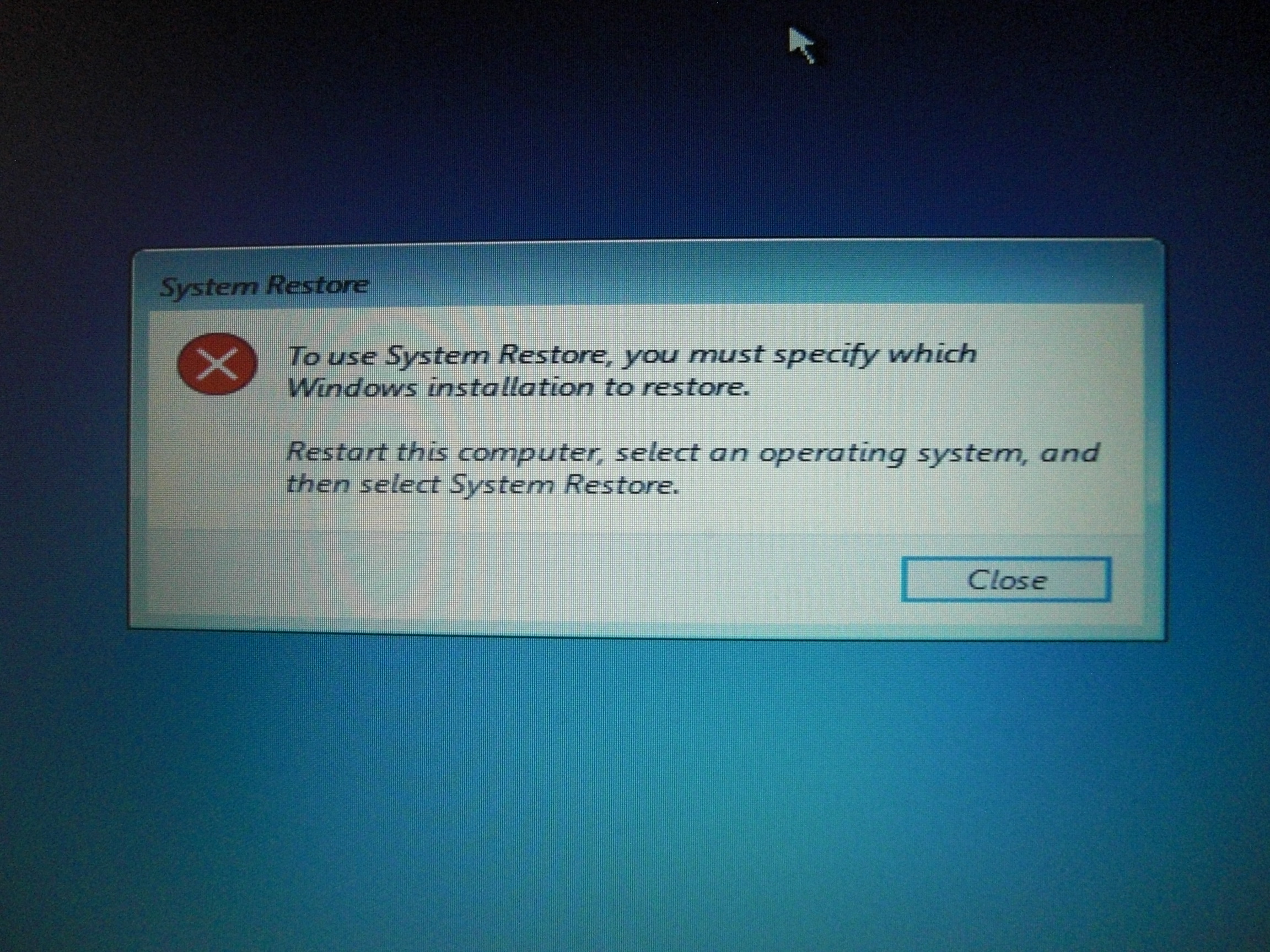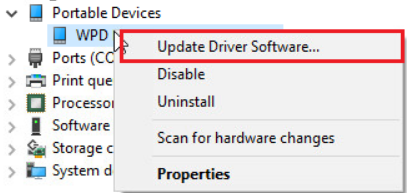

You could add multiple files to an archive (like a ZIP file) and store the archive as a single file in your vault, but you are limited to three files. Works Best With Office 365īefore you get started, it’s worth noting that the free version of OneDrive and the 100GB plan restrict you to a maximum of three files in your Personal Vault. Other big cloud storage services-Dropbox, Google Drive, and Apple iCloud Drive-don’t yet offer a similar feature.

With the OneDrive app on your phone, you can scan documents and take photos directly from the Personal Vault, storing them in the secure location without placing them elsewhere on your phone first. This gives you peace of mind: You can’t accidentally share a sensitive file as long as it’s stored in here.

Even if you share a file and then move it into the Personal Vault, sharing will be disabled for that file. Microsoft says your files are also encrypted at rest on Microsoft’s servers.įiles stored in the Personal Vault can’t be shared with anyone. This works even if you have Windows 10 Home and aren’t using BitLocker for anything else. On Windows 10, the Personal Vault stores these files on a BitLocker-encrypted area of your hard drive. The Personal Vault encrypts the files inside it. If you access them via the OneDrive website, they won’t be cached by your browser. They’ll automatically lock after twenty minutes of inactivity, forcing you to authenticate again before accessing them. On Windows 10, you can use Windows Hello to authenticate. Every time you access them, you’ll have to provide a two-factor authentication code, a PIN, fingerprint authentication, or facial authentication. Your Personal Vault requires extra authentication before you can access any files inside it.


 0 kommentar(er)
0 kommentar(er)
